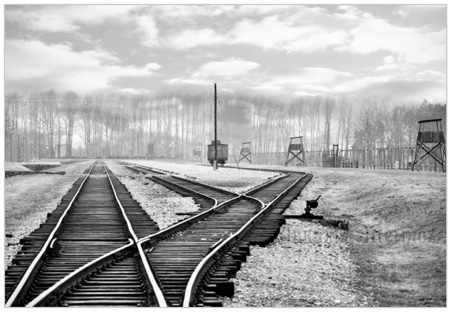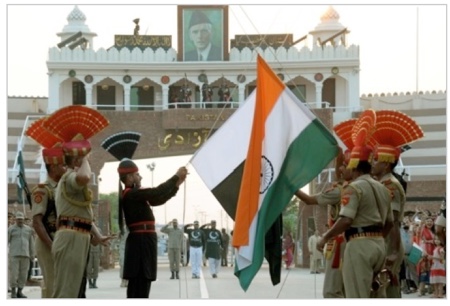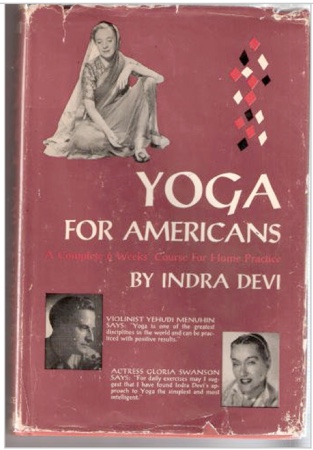NYT History Book Reviews: Who Got Noticed this Week?
In this author's humble opinion, the happiest moments in human history are as follows:
1. When humans figured out how to grow their own food.
2. When humans figured out how to purify water.
3. When the Nazis were defeated, or [insert other terrible force that altered history here].
4. When YouTube was invented, and we could spend countless hours enjoying ourselves watching videos and not being productive.
5. Sliced bread. Need I say more? You know how the maxim goes.
6. This.
A historian might have a different list comprised of events ranging from the dawning of new ages, the eradication of foul practices, and the spiritual awakenings of entire populations. Quantum leaps forward in technology, philosophy, science, exploration, or expression.
Well, now that we've started out on a cheerful note, let's transition into our first book review this week, which covers a subject that isn't easily forgotten: Nazi concentration camps.

Between 1933 and 1945, Nazi Germany established about 20,000 camps to imprison its victims. "Of an estimated 2.3 million prisoners who entered the hell of the Nazi concentration camps, over 1.7 million were killed, whether gassed or worked to their skeletal ends. Many went straight to their deaths, including about 870,000 Jews murdered on arrival and without registration at Auschwitz; others endured a slower annihilation, reduced to what Hannah Arendt called “ghastly marionettes with human faces,” says Roger Cohen, the NYT’s reviewer. However, there were also survivors. In his new book, KL: A History of the Nazi Concentration Camps, by Nikolaus Wachsmann, a history professor at London University’s Birkbeck College, the author attempts to bridge gaps and compile a cohesive history of the camp system that tells the full story of its broad development and the everyday experiences of its inhabitants, both perpetrators and victims, and all those living in what Primo Levi called "the gray zone." In KL, Wachsmann examines life and death inside the camps, and adopts a wider lens to show how the camp system was shaped by changing political, legal, social, economic, and military forces.
As Richard Evans writes in an article in the New York Review of Books:
The idea of concentrating a state’s enemies in a camp went back at least to the end of the nineteenth century, following the invention of barbed wire and the machine gun, in the Boer War and the Spanish-American War, and found expression in the Soviet system of labor camps and other products of twentieth-century dictatorships. But these camps neither formed the template for the Nazi concentration camps nor resembled them in all respects, even if they were similar in some. Ninety percent of inmates survived the Soviet Gulag, for example, while in the wartime camps of the SS, even for prisoners who were registered as inmates and not killed immediately on arrival, the survival rate was less than half.
Roger Cohen, the reviewer, remarked that the book was a "monumental study," and Wachsmann "has written a work of prodigious scholarship."

Source: The Asia Society
The next book on our somewhat somber menu this week is Midnight's Furies: The Deadly Legacy of India's Partition by Nisid Hajari, who is the Asia editor for Bloomberg View. It was reviewed by Aatish Taseer, an author who was born in London to a Sikh mother and Muslim father, who was brought up in Delhi, and educated in the US.
The book is about the 1947 partition of India, which left between one and two million people dead and displaced 15 million others, leading to the largest forced migration in human history. In Midnight’s Furies, Hajari asks how two nations with so much in common ended up as such vicious enemies so quickly. The Partition of India was the process of dividing the subcontinent along sectarian lines, which took place in 1947 as India gained its independence from the British Raj. The northern, predominantly Muslim sections of India became the nation of Pakistan, while the southern and majority Hindu section became the Republic of India.
In an interview with Anubhav Gupta of the Asia Society, Hajari was asked: "The book paints a fascinating picture of the personal rivalry between Jawaharlal Nehru and Mohammad Ali Jinnah, who, in their inability to work together, partly set the wheels in motion for partition and the ongoing India-Pakistan rivalry. How should we reevaluate them and their legacies given the roles they played with regard to partition?"
Hajari answered: "As Nehru himself said (I’m paraphrasing here), both he and Jinnah were swept up in great events, but they were only men — with all the flaws and foibles one would expect. On the one hand, it’s obviously too easy to blame individual politicians, however charismatic or powerful, for all of the devastation of partition. But what I hope the book shows is that even leaders with the best of intentions and least prejudices can produce terrible outcomes if they’re not careful and if they lack self-awareness. Both men overestimated their sway over their followers, never imagining that the latter would commit the kind of atrocities that were unleashed at independence. And they miscalculated the impact of their own rhetoric, which might have sounded grand and persuasive in a courtroom or at a political rally, but which inspired some fairly brutal behavior out in villages and towns along the new border. That should be a caution to any leaders today who believe they can exploit the passions of their citizens for political gain — such demagoguery is not easily controlled."
Words from the reviewer:
Aatish Taseer called "Midnight's Furies" a "fast-moving and highly readable account," also noting that the author is not as skillful at capturing the depth of feeling behind the demand for Pakistan.
"The errors give one the sense of being in unsafe hands. This is made worse by Hajari’s overdependence on secondary sources."
"It would be grossly unfair to judge Hajari’s entertaining and gossipy history against some phantom book it might have been. But there is no getting away from the strangeness of reading rehashed secondary sources, many English and American, when there is so much firsthand history unrecorded."
As is customary, after a taxing period of historical recollection concerning events that changed both civilization and the planet (the Holocaust and the Indian partition), we can take a step back, grab a yoga mat, relax, and locate our HNN chakras.
No, really.

The final book this week is The Goddess Pose: The Audacious Life of Indra Devi, the Woman Who Helped Bring Yoga to the West by Michelle Goldberg, a senior contributing writer for the Nation.
It's about a woman named Indra Devi who was born in Russia in 1899 with the birth name Eugenia Peterson, at a time when yoga was virtually unknown outside of India. By the time of her death, in 2002, it was being practiced everywhere, from Brooklyn to Berlin to Ulaanbaatar. The Goddess Pose traces the life of this woman who brought yoga to the West.
The reviewer, Sonia Faleiro, speaks of her own origins and ties with the art of yoga in the beginning of her NYT review:
Growing up in 1980s India, I was, for a time, placed in an all-girls school where nuns in habits gave yoga lessons to which we wore stiff-collared white shirts tucked into navy blue bloomer-like shorts. I claimed the back row in the lotus position, arms outstretched and fingers curled into a gyan mudra. I never awakened a chakra, but sometimes I fell asleep.
Goldberg says that "probably the greatest myth is when you do these poses, when you do sun salutations or the warrior poses, that that there's some sort of continuity to what yogis were doing 3,000 years ago on the banks of the Ganges, and that's just not true."
"Devi was the one who took yoga from being what people in the West tended to imagine as sword-swallowing and circus tricks and domesticated it," Goldberg says. "The idea of yoga as a system of wellness for modern women that helps you [to] betterequip yourselves for the many challenges of the modern world, that all comes back to her."
Words from the reviewer:
"Goldberg cleverly describes Devi as “an esoteric female Forrest Gump” who managed, unwittingly, to find herself in the thick of things, and indeed “The Goddess Pose” canters through landmark events from India’s independence to the American invasion of Panama."
"With a jeweler's eye for detail, Goldberg presents a singular woman."
"There is much to enjoy in Goldberg’s clear-eyed view of Devi’s life."
For Fun: This Is What Would Happen If Gandhi Took A Yoga Class